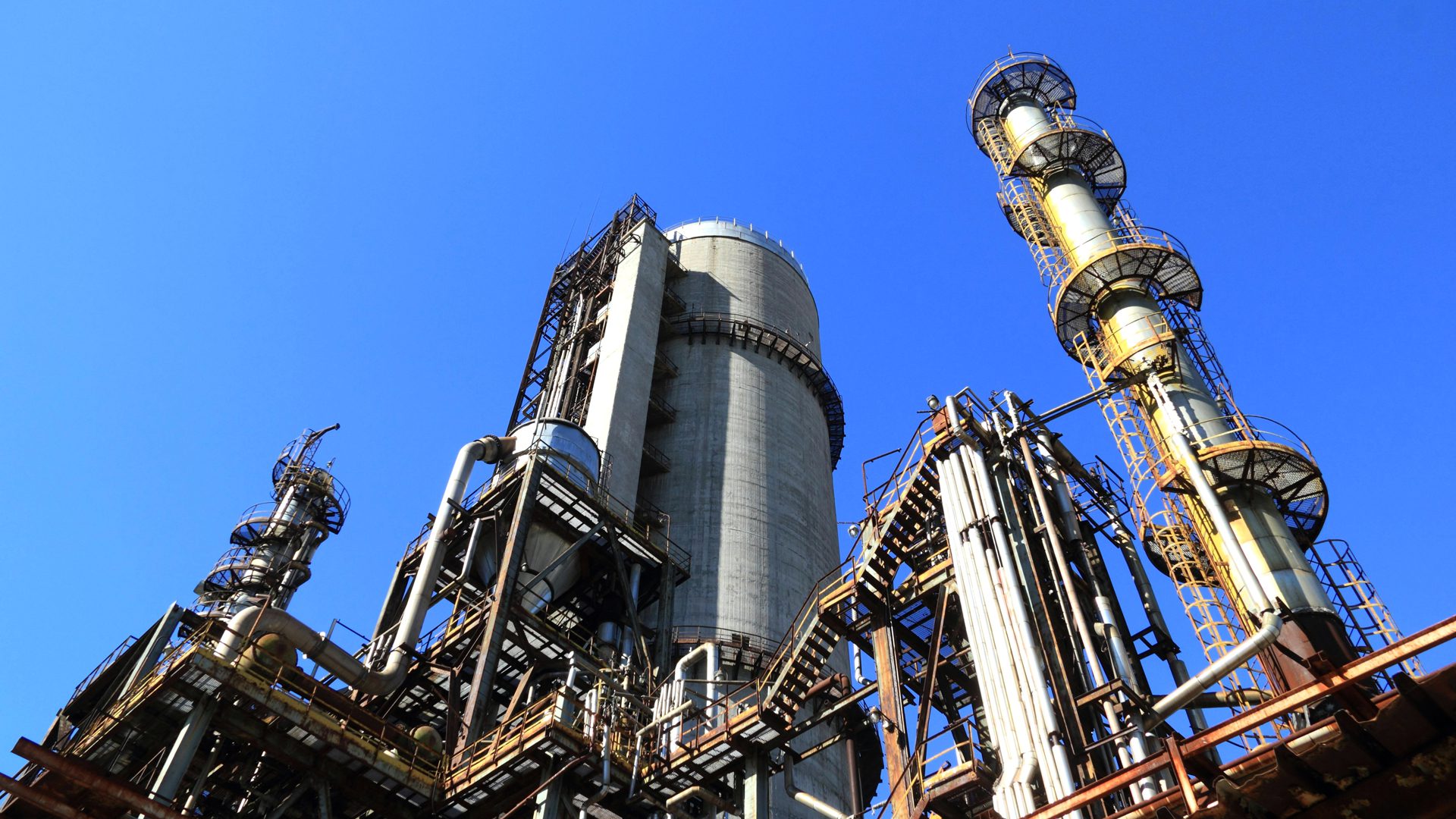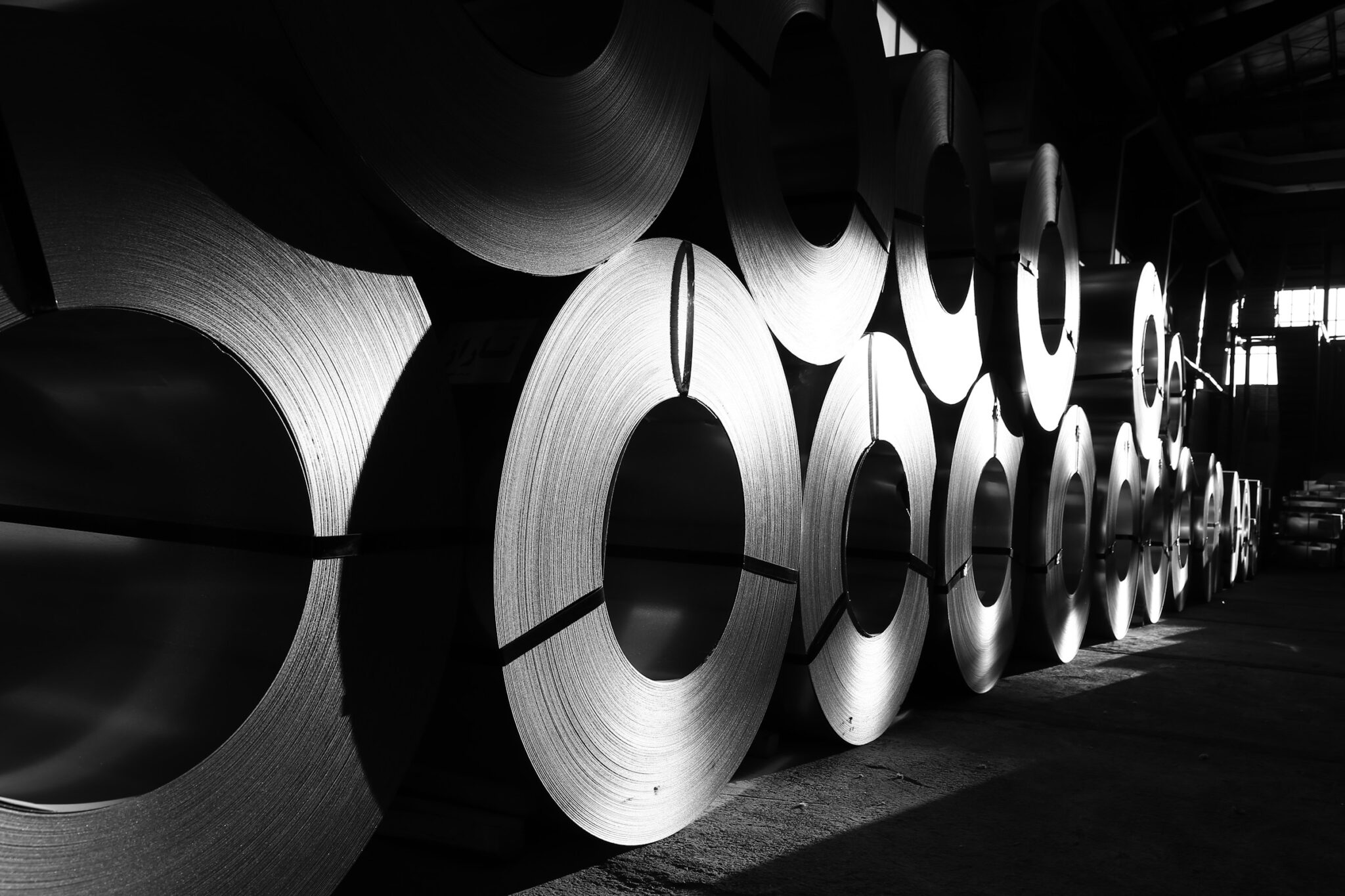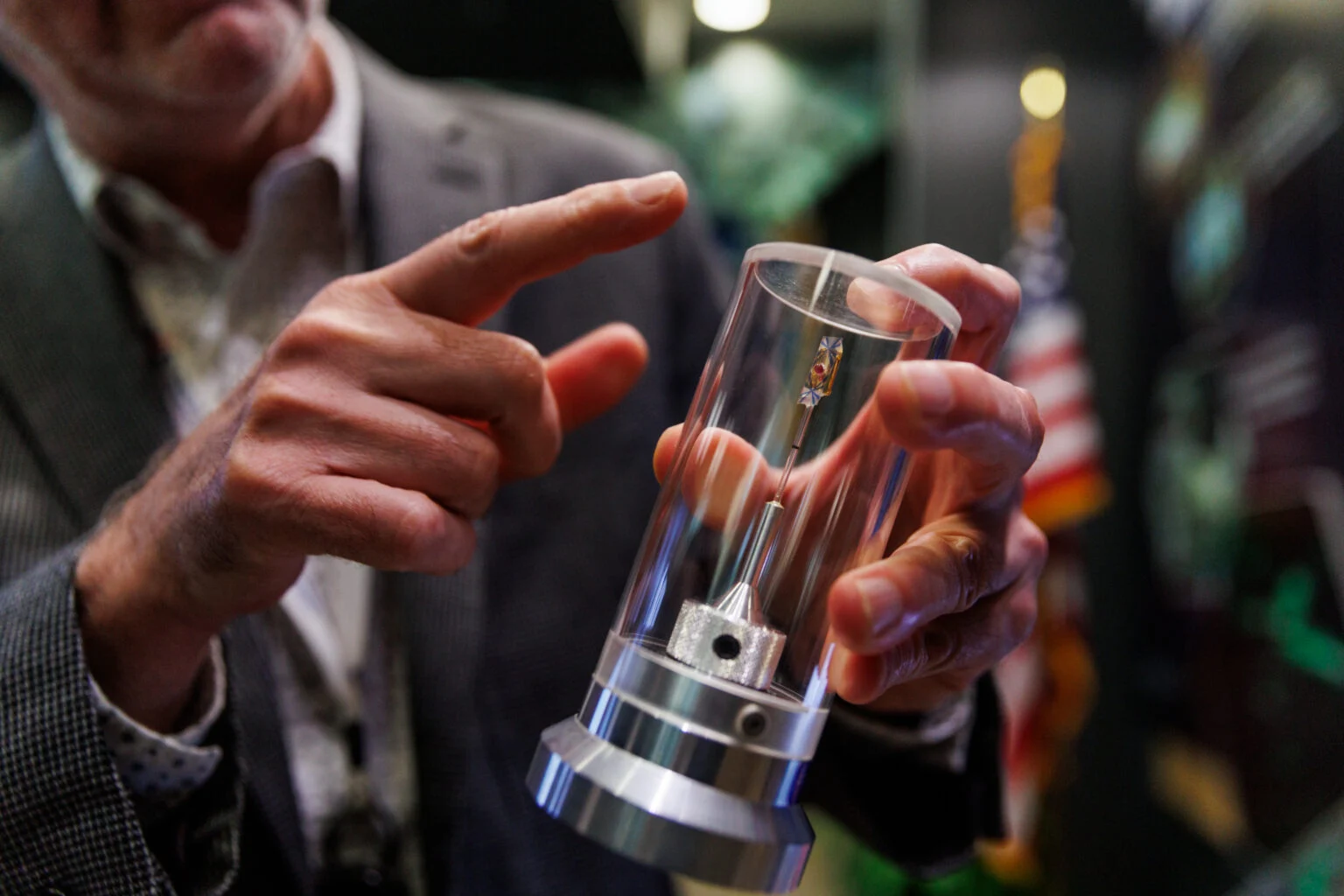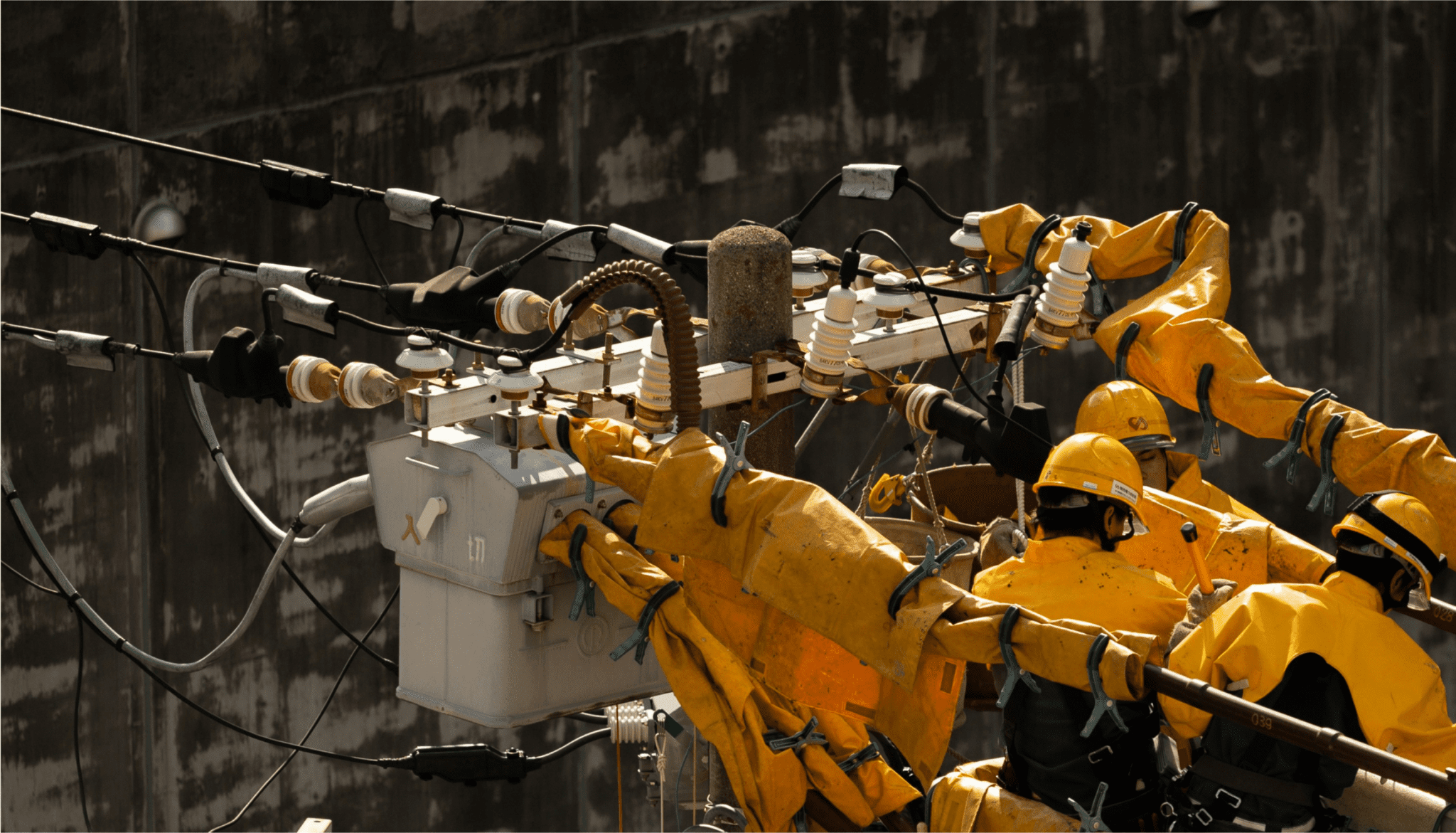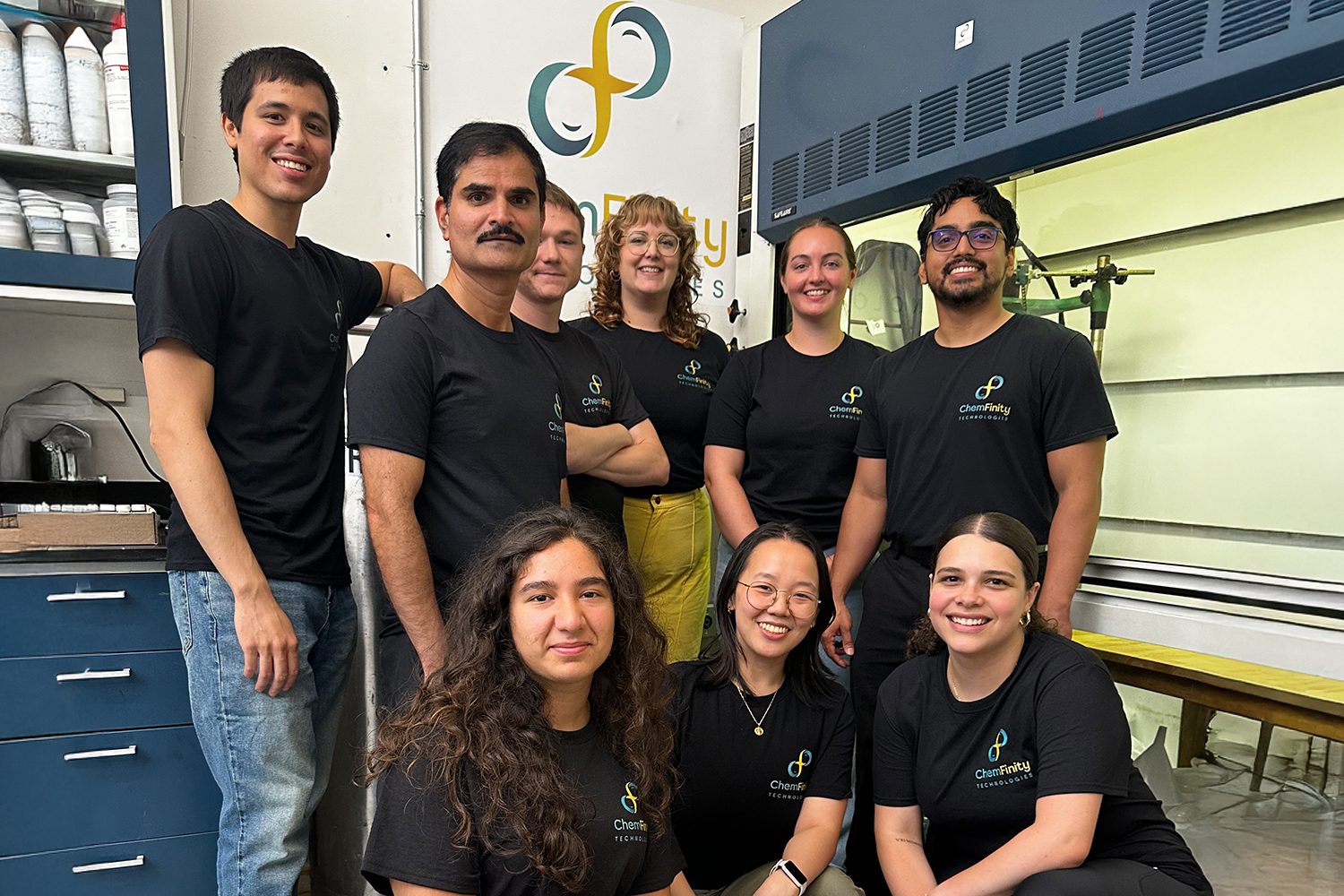A lot can happen in two years—especially when you’re a Breakthrough Energy Fellow.
This September, 17 members of the program’s first cohort are completing the program. This group spent the last two years developing and scaling critical technologies that will help us reach net-zero carbon emissions across a range of industries, from agriculture to manufacturing to electricity.
Helping these first-time founders access patient capital, participate in critical technology and leadership curriculum, and form a community of key stakeholders peers and mentors is core to the mission of the BE Fellows program. We are incredibly excited about the outcomes from our inaugural cohort and the path they are blazing for the next cohort of innovators to follow.
Accelerating Technology Development
There are many examples of how the inaugural cohort of BE Fellows have progressed their technologies into exciting new phases. Innovator Fellows Jimmy Rojas and Scott Blanchet of EvolOH began the program testing small cells on three lab benches in a biotech facility. Now, they are building a green hydrogen stack manufacturing plant and over 60,000 square feet across two coasts. They started with less than 100 hours of durability and have now reached thousands and thousands of hours on an advanced liquid alkaline water electrolysis stack.
"When we started, the durability of our stacks was quite low, but not only did we increase the stack life by orders of magnitude, but we accomplished this using a new stack design that is fully optimized for high-throughput manufacturing and domestic supply chains," said Rojas. “What we did is important, it’s never been done before in the field of electrolysis.”
Similarly, Sarah Lamaison and David Wakerley, who founded Dioxycle, started the program with carbon-recycling technology that was the size of a postage stamp and have now successfully built their first proof of concept – and recently raised $17 million to build an industrial prototype. They also moved into a 6,000 sq ft research facility in Paris, France, and have successfully demonstrated their technology at an industrial partner site.
These are just two of many examples where Fellows have demonstrated rapid technological growth during their time in the program. Across the board, these early-stage companies grew their teams, expanded their lab space and testing capabilities, and successfully engaged with potential customers while continuing to hone their technology IP and go-to-market strategies.
“There are many ‘valleys of death’ that come with getting a new technology to the market, but many people outside the industry don’t see them,” said Ted McKlveen, CEO of Verne and a 2021 Innovator Fellow. “The Fellows program sees these gaps, and is doing something really essential, which is taking promising new ideas and affording them time, energy, and resources needed to further test a technical thesis.”
Innovation Meets Business Savvy: A Unique Model
There are two types of Breakthrough Energy Fellows: Innovator Fellows who have a technical idea or small prototype they bring when entering the program and Business Fellows who have a combination of industry experience and backgrounds in areas like supply chain analysis, engineering, business model development, piloting, and capital raising.
“The Business Fellows bring a range of skills that are meant to complement the technical expertise of Innovator Fellows,” said Ashley Grosh, Vice President of Breakthrough Energy leading the Fellows program. “They’re helping Innovator Fellows with the multi-faceted go-to-market aspects of launching their technologies into the world.”
For the Fellows, this model proved tremendously useful and underscores one of the values of the program: progress is ultimately about whether your technology can address both climate challenges and market demands.
“It is important to work with the Business Fellows to set goals that are commercially relevant,” said Blanchet. “It’s common for people from academia to set goals that look attractive on paper, but that’s not what we’re doing here, we’re trying to commercialize something to save the planet.”
As embedded advisors to the Innovator Fellows, each of the Business Fellows bring their unique set of expertise and skills and work across the portfolio of projects.
Mike Pambianchi, a 2021 Business Fellow with decades of commercialization experience at Corning, a glassware company, found himself supporting Innovator Fellows in very different ways depending on their needs, which he said was a great way to pivot his own career into climate technology.
“I helped one company with building a narrative for their work that really resonated with people, that they could use in fundraising,” Pambianchi said. “I helped another group find supply chain partners, technology partners, and made other core introductions from across my network.”
“Our companies are attracting follow-on funding, they’re growing and hiring good people, their stories are getting clearer, and people are taking notice,” Pambianchi said.
A Network of Support
When Lamaison and Wakerley of Dioxycle reflected on the moments that stood out during their time as Fellows, one quickly came to mind: the day they reported that their proof of concept was successful and members of the Breakthrough Energy Fellows team responded to their email immediately in a chorus of support.
“It was really nice,” Wakerley said. “It shows how in this program you’re not just talking to an empty room or a machine, you’re talking to a team that’s fully invested in your progress and accomplishments.”
Although the 2021 Fellows weren’t able to kick-off their fellowship together in-person due to the COVID-19 pandemic, the program has created many other opportunities for the Fellows to spend time together. Examples include events like the Department of Energy’s annual ARPA-E Summit, a curated Fellows Welcome Week in Pittsburg alongside the Clean Energy Ministerial events, and the BE Summit in Seattle, Washington. Bringing together the Fellows helps to build a community and forms bonds that are both professionally and personally invaluable.
“Starting a climate tech company can be a lonely experience,” says Jolene Gurevich, Director of Fellowship Experience. “Our program is designed to help Fellows build strong, supportive relationships through curriculum workshops, monthly Brain Trusts (small groups of Fellows that share challenges and key learnings), and in-person convenings. The network and connections Fellows build during our program make it easier to get a warm introduction to a supplier, meet prospective investors, and troubleshoot technical issues.”
Gurinder Nagra, founder of Furno Materials, said being able to attend events like the Breakthrough Energy Summit and have one-on-one conversations with venture capitalists and policy experts was extremely helpful. In fact, one of the VCs who led Furno’s seed round funding was a connection he made through the Breakthrough Energy network.
Looking Ahead to Net Zero
Laureen Meroueh, a 2021 Innovator Fellow who founded Hertha Metals, a company that is developing a clean iron and steel manufacturing process, said she’s excited to complete the program with great momentum put towards turning on their one-tonne-per-day pilot plant this year.
“In steel production, you have to perform things at a certain scale for the data to mean anything,” Meroueh said. “I’m very excited to show the world that there’s promise behind our system – and we are already scaling quickly from here.”
Though the 2021 Fellows are at different stages in their technology journey, they all expressed similar perspectives about what the future holds for their companies, and the planet.
Ted McKlveen, whose company Verne is trying to help the heavy-duty transportation sector transition to zero-emission fuel cells, said he is excited for the next step of having their technology piloted on semi-trucks. Franck Natali, whose company Liquium is developing low-carbon ways to produce ammonia, has established a partnership with a major corporation and is going to work with them to validate his technology at a larger scale.
“I have no doubt that we’ll get to net zero by 2050 if we keep up the pace and determination,” Meroueh said. “The BE Fellows program has proven that there are brilliant people working on these very hard problems, and with enough persistence, and dedicated resources, we can do this.”


